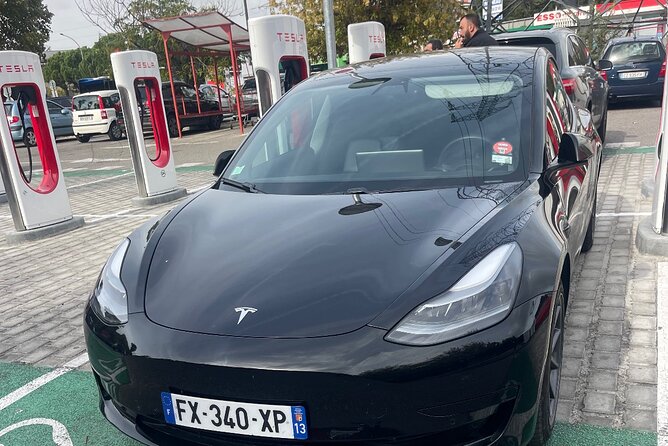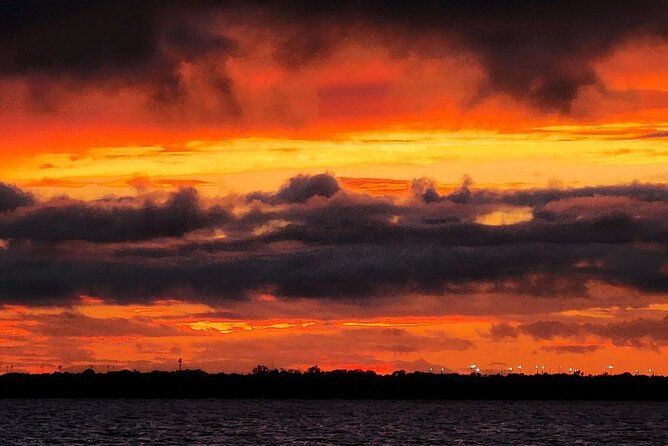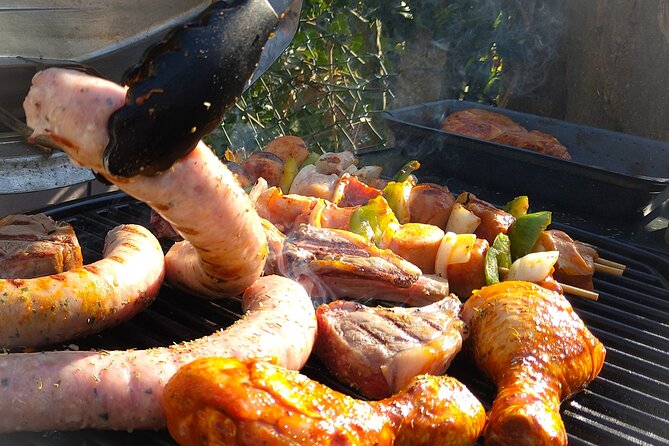6 astrophotography apps that are actually useful
Every day the boundaries and borders of technological advancement are being pushed. The modern day is a great time for photographers, astronomers, and of course astrophotographers, who rely on state-of-the-art tech more so than others.
And if you’re interested in night sky photography, then you’ll want to have the best experience possible. Astrophotography apps aren’t going to magically transform your experience – you’ll still need to find an area with low light, and you’ll still need to ensure that you have the right camera settings. But a good app can find you a good area for taking pictures, and it can just make the process a little easier.
Although nothing beats the simplicity of a quality camera and a good telescope for astrophotography, there are tons of apps you can use to make your astrophotography experience easier, more immersive, and simply better in general. Today we’re going to talk about some of the best astrophotography apps available.
6 astrophotography apps that are actually useful
There are a few apps that stand out amongst the various different options there are out there for you to choose from. If you really want to get a good view of star trails and night sky objects, then these apps can just make your work a little simpler. Whether that’s by helping you with quick access to a light pollution map, or giving you an in-depth guide to the stars, they’ll all have different benefits.
They should be available on both Android and iOS, and if not, I’ll mention it. Here’s some astronomy apps that you have to check out if you’re just getting started.
Celestron’s Skyportal
Skyportal is much similar to the popular Sky Map, but since it has become almost impossible to use due to severe glitches and navigational issues, this seems to be a perfect solution.
This app is very comprehensive, as it sports over 120,000 stars, more than 200 clusters, tons of asteroids, satellites, comets, galaxies, and more. What’s more, one of the best features of this app is its compatibility with Celestron telescopes.
You’ll need to download the Star Sense Auto-align app for it to work, though, but you’ll gain total wireless control of your telescope this way.
This is a very versatile app that does present a relatively steep learning curve, but it’s well worth the time.
Features
- Compatible with Celestron telescopes for wireless navigation
- Mapped thousands of stars, clutches, asteroids, satellites, comets, and galaxies
- Night-Vision mode
- Night sky Simulation mode
Overall: For the novice, Skyportal is probably the first app that I’d recommend. It comes fill with useful information that will help anyone learn about the night sky.
SkySafari
The SkySafari app works great for both iOS and Android, but what makes it so appealing to young astrophotographers is that it’s available completely free of charge. Of course, the app itself features exclusive content in the form of ‘expansions’, which basically means that you can upgrade core features and expand the database gradually.
Just like most high-quality apps for astrophotography, SkySafari offers Wi-Fi telescope control via SkySafari’s proprietary Sky-Fi app. What separates this app from similar ones is the fact that it has one of the largest databases that includes hundreds of millions of stars, millions of galaxies, and almost incomprehensible amounts of comets, asteroids, satellites, and nebulas.
It also comes supplied with a very interesting and accurate simulation program that can simulate the night sky up to tens of thousands of years in either the past or the future. Not only is it fun and engaging, but SkySafari is also highly educational; it sports dozens of content from NASA missions perceived through the lens of the Hubble Telescope.
Features:
- Past and future night sky simulation software
- Sky-Fi and SkyWire compatibility
- Huge mobile database
- Content from NASA missions
- Upgradeable database
Overall: If your goal is to get a whole planetarium in your pocket, then Sky Safari is definitely one of the best apps out there.
SkyGuide
This is more of a utility app that aims to complement the performance of any other astrophotography app you’re using. Basically, SkyGuide contains various tips, content, and quality articles compiled from credible Internet sources. It also features detailed descriptions of and information regarding thousands of nebulas, comets, satellites, stars, and star clusters.
This is a very unique app that gives you daily, weekly, and monthly updates on important events regarding moon cycles, weather reports, visible planets, satellite passes, international space-station transits, light pollution, and such.
What’s really great about SkyGuide is that it can be used anywhere, even when you’re not next to a telescope. You can check on the current Night Sky events and status while you’re travelling or while waiting for a doctor’s appointment, for example.
Features:
- Moon cycles and phases calendar
- Planet visibility
- National weather forecasts
- Satellite and space-station transit information
- Light pollution info
Overall: If you want a frequently updated app, then downloading SkyGuide is a good idea. The app is frequently updated and tweaked to ensure that it’s as close to perfect as possible.
DarkSky Finder
Due to excessive light pollution it’s pretty hard to navigate the dark skies. However, with DarkSky Finder you’ll be able to gain access to a stack of highly convenient features with the most notable one being Bortle Scale’s map of the dark sky.
Essentially, this is a simple app that provides you with information regarding the exact locations of the dark sky. Due to the ever-changing nature of this phenomenon, thousands of astronomers worldwide are constantly updating the app.
Just like SkyGuide, DarkSky Finder is a utility app that is best used in conjunction with ‘core’ apps, such as SkySafari or AstroAid.
Overall: If you don’t have an area with a clear sky, then you’ll never be able to get a good photograph of the Milky Way. That’s why this app is one of the first ones you should download on your astrophotography journey.
Astroaid
Celestron’s Skyportal is a professional app that does require a bit of know-how to navigate. If you’re an inexperienced astronomer who has just started out, we recommend that you check out what AstroAid has to offer.
This little app has a very user-friendly outline of the features; you’ll get a drop-down menu of every aspect of the app where you’ll see your selected settings, and you’ll be able to change them immediately. These settings include the FOV, object, selected telescope, camera lens, eyepiece, imager, optical aid, and various other parameters concerning your telescope.
As soon as you configure the basics, you’ll be able to use AstroAid to snap perfect-quality photos of the night sky and acquire relevant data regarding the object’s latitude, longitude, size, type, and such. Like we said, it’s a perfect app for beginners, but most veterans would also welcome its easy-to-use approach.
Features:
- A comprehensive astronomical catalog comprised of Messier and IC
- Compatible with custom telescopes
- User-friendly interface
Overall: This is a good app if you’re trying to get a good visual representation of the night sky.
Luminos
Luminos is basically a simulation app. This smartphone app takes you on a journey across the solar system by providing a clear overview of most important astrological objects. It’s very easy to use, but even if you don’t manage to learn the ropes straight off the bat, you can simply visit the tutorials provided at the start-up screen.
The app contains extensive information about celestial objects, and even though it isn’t compatible with telescopes per se, it’s a highly educational tool that will help you learn more about the universe.
Features:
- Satellite observation
- Clear sky charts
- Comprehensive celestial object database
Overall: Considered by many to be the best astrophotography app for iPhone, Luminos is an award winning app with a whole lot to offer.
The Sum Up
Astrophotography apps are tools that help beginners learn the basics, but they’re also great for experienced veterans that need to revisit the fundamental, elementary things they might’ve forgotten. We hope you’ve liked our list of the best apps for ‘smart’ astrophotography, and they prove to be useful in your astronomy journey.





